Replicator Initiative: Massive and Efficient Unmanned Systems for the US Army
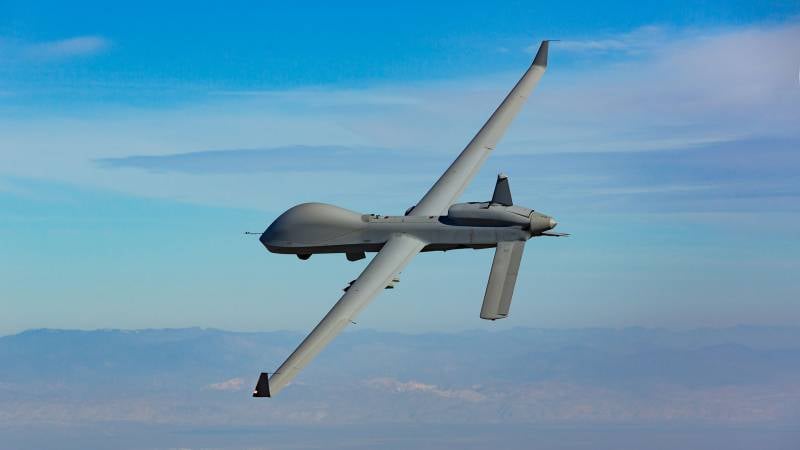
MQ-9C is one of the modern UAVs developed by the USA. Photo by General Atomics
The US military is preparing for a full-fledged confrontation with China, and in this regard, the Pentagon is developing and proposing new development strategies and concepts. The other day, for the first time, they talked about the new Replicator initiative, the implementation of which is supposed to help offset the quantitative indicators and advantages of the Chinese army.
"The Urgency of Innovation"
The other day, the next conference “Emerging Technologies for Defense”, organized by the National Association of Military Industries, was held in Washington. During this event, various reports were made on the state and prospects of the industry and a number of areas. Of greatest interest is the speech by US Deputy Secretary of Defense Kathleen Hicks entitled “The Urgency to Innovate.”
In her report, the Deputy Minister recalled that the Pentagon seeks to develop and implement various innovations in the field of defense. At the same time, she did not forget to talk about the "unique advantages of the United States": their world championship, craving for invention and freedom for innovators. At the same time, K. Hicks noted the presence of various difficulties and problems, incl. at the level of discussion of new solutions and proposals.
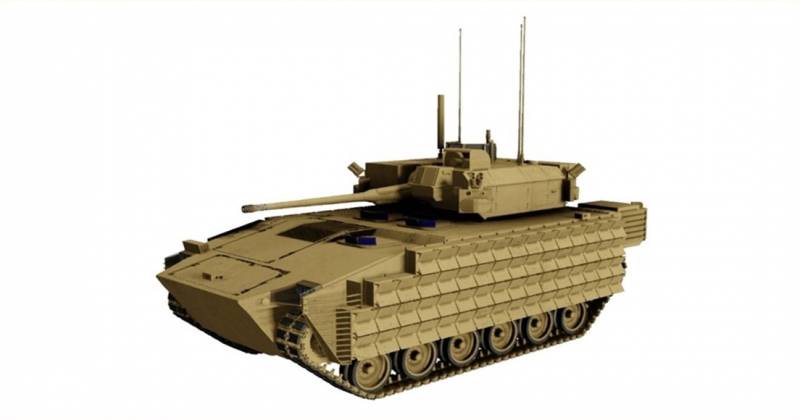
Design image of the "optionally manned" BMP OMFV from General Dynamics Land Systems
The United States is now considering China as one of its main geopolitical rivals, and the Pentagon is preparing for a confrontation with its People's Liberation Army. According to K. Hicks, various concepts and ideas are being worked out now, due to which the US Army will be able to gain advantages over a potential adversary. The Deputy Minister listed some of them already known to specialists and the public.
In addition, K. Hicks spoke for the first time about a promising initiative called Replicator. The Pentagon recognizes the PLA's numerical advantage, but believes that we are talking about “cannon fodder.” The United States does not fight like that, and therefore the Chinese advantage is proposed to be leveled not through simple numerical parity. New ideas are proposed that address issues of quantity and quality.
It is suggested that additional attention be given to unmanned/unmanned technologies. The development of existing models and the creation of new ones will lead to a strengthening of the army and an increase in the number of available assets. They will allow you to solve current and expected problems, and also reduce risks for personnel.
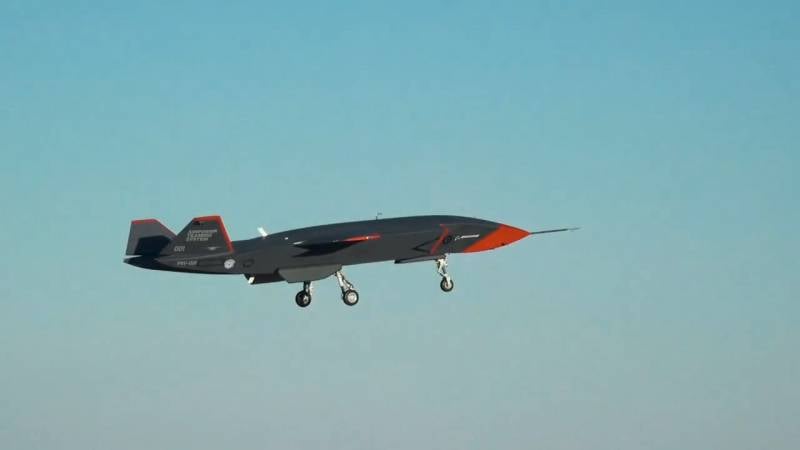
Boeing Loyal Wingman UAV during flight testing. Boeing Photos
Tools and approaches
The Deputy Minister did not disclose all the features of the Replicator strategy, but mentioned its key features. Approximate principles for creating new samples and systems are revealed, the scope of their possible application and the desired results of implementation are indicated. It is quite possible that other details have not yet been disclosed, not only for reasons of secrecy, but also because the initiative is in the very early stages and has not yet been thoroughly developed.
In general, the Replicator concept provides for the creation and development of unmanned and unmanned systems of various classes. A variety of aircraft, surface and underwater vessels, as well as ground platforms are required. They need a variety of equipment and / or weapons to solve all the main tasks of different types of troops - from surveillance and reconnaissance to the use of standard weapons.
The work schedule is already being drawn up. So, over the next 18-24 months, the Pentagon plans to develop and test unmanned systems of various classes in the amount of several thousand. Which complexes, existing or being developed, will be included in this number, is not reported.
Technical requirements
UAVs All classes for the Replicator concept must be efficient, but at the same time uncomplicated and cheap. Due to its simplicity, it is planned to ensure mass production. It is large-scale production and mass implementation that should neutralize the advantages of a potential enemy in the number of equipment and manpower. In essence, it is planned to respond to enemy “cannon fodder” with masses of its own “hardware”.
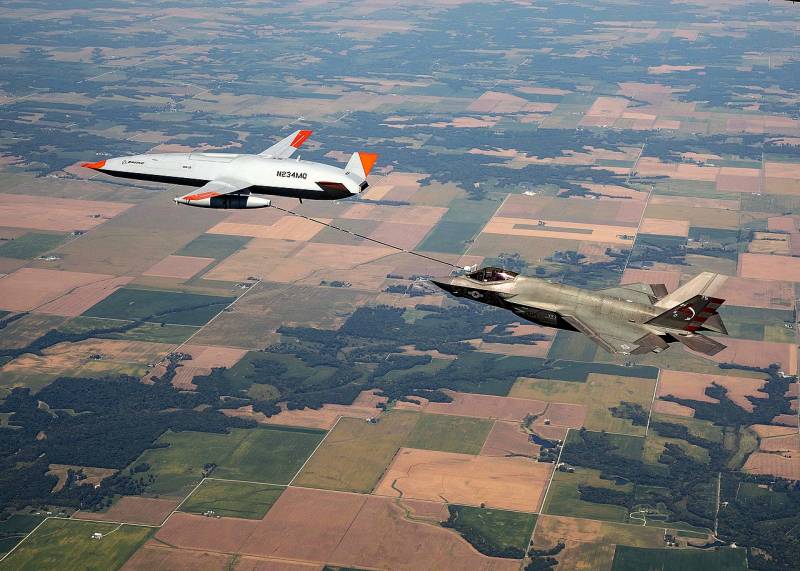
UAV MQ-25 performs the functions of a tanker aircraft. Photo by the US Department of Defense
The simplicity and low cost of unmanned technology will not only increase production volumes, but will also provide other advantages. First of all, this is a reduction in costs for rearmament when the required number is reached. In addition, the requirements for production sites will be reduced. It will be possible to produce the necessary equipment near future locations and applications. For example, it is possible to assemble products directly “at the tactical level.”
To speed up development and production, the Pentagon plans to attract a large number of commercial contractors to the project. This approach has already ensured the rapid deployment of mass production of several types of UAVs, and will not be abandoned.
As part of the Replicator, much attention will be paid to control technologies for unmanned vehicles. It is necessary to maintain the ability to work under human control, incl. group, and also increase the degree of autonomy of drones. In a number of situations, the operator’s participation should be minimal and be limited to setting a task or issuing permission to use weapons.
Updated plans
Thus, the Pentagon understands the numerical superiority of the potential enemy and is going to fight it. Ensuring simple parity in the number of main forces and assets is considered impossible, and for this reason an asymmetric solution is proposed. It is proposed to respond to numerous armored vehicles, infantry, aircraft and ships of the enemy by strengthening one’s army with unmanned/unmanned systems.
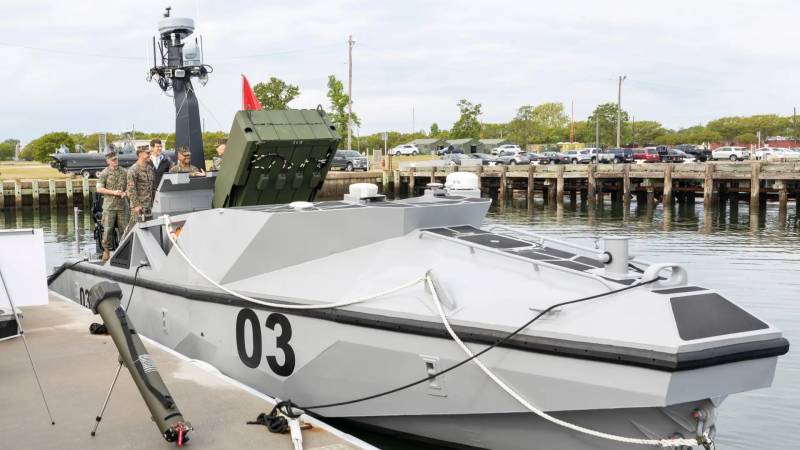
Experienced boat LRUSV. Photo by the US Department of Defense
It is interesting that Replicator is presented as a completely new concept, developed as a result of an analysis of recent events and existing military threats. However, the main provisions of this “initiative” differ little from older proposals of the Pentagon as a whole and its various structures. The idea of developing unmanned systems and their widespread implementation in the army has long been worked out and accepted for implementation, and the results of such measures are well known.
As part of the "Replicator", it is proposed to develop and / or adopt unmanned systems of different classes, developed by different organizations and structures. In this context, it should be taken into account that the United States already has a lot of various projects for unmanned aerial vehicles, crewless ships, etc. technology, up to autonomous missile systems. This area is actively developing, and new technologies are being created, as well as samples based on them.
It is very likely that the new Replicator concept will be implemented precisely through existing projects and developments. At the same time, the share of completely new projects will be reduced to a reasonable limit, which will reduce technical risks. In addition, the use of ready-made projects will allow you to obtain the first of the desired results within a given one and a half to two years.
With all this, the Pentagon and its contractors will have to deal not only with the unmanned equipment itself, but also with auxiliary equipment. Thus, to build a full-fledged combat-ready group of unmanned aerial vehicles, appropriate control systems are required. They must control all group members and direct them to solve specific problems. Moreover, it will be necessary to establish interaction between robotic systems and manned equipment, introduce them into the command and control circuits of troops, etc.
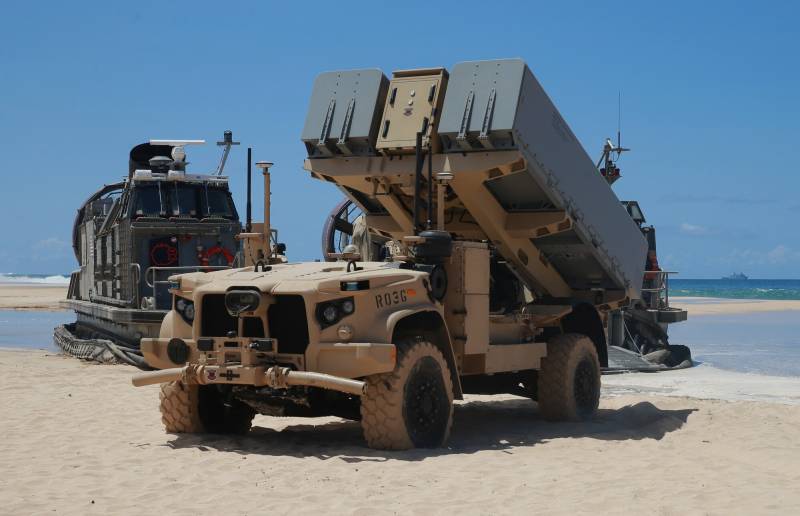
Autonomous NMESIS launcher. Photo by the US Department of Defense
It can be assumed that it is the creation of such control systems that will become the most difficult task within the framework of the Replicator initiative or other similar programs. The newest and most advanced solutions in the field of communication and control, up to artificial intelligence, will be needed. At the same time, the future of the entire unusual program depends on the success of such a project.
Reserve for the future
Thus, the Pentagon is seriously preparing for confrontation with China. An assessment of the capabilities of a potential enemy and one’s own potential is carried out, while simultaneously searching for strengths and weaknesses. American experts already understand what advantages the PLA has over the US armed forces and how it can use them. In addition, they are looking for ways and means to neutralize other people's advantages and achieve an advantageous position.
According to the latest report of the Deputy Minister of Defense, the quantitative gap is planned to be reduced through unmanned/unmanned systems of various kinds. American industry has extensive experience in this area and can use it during the implementation of the new “initiative.” It is obvious that work of this kind will have a positive impact on the overall potential of the US Army. However, we should expect that China will pay attention to American developments and take retaliatory measures - and complement its quantitative advantages with qualitative ones.
Information